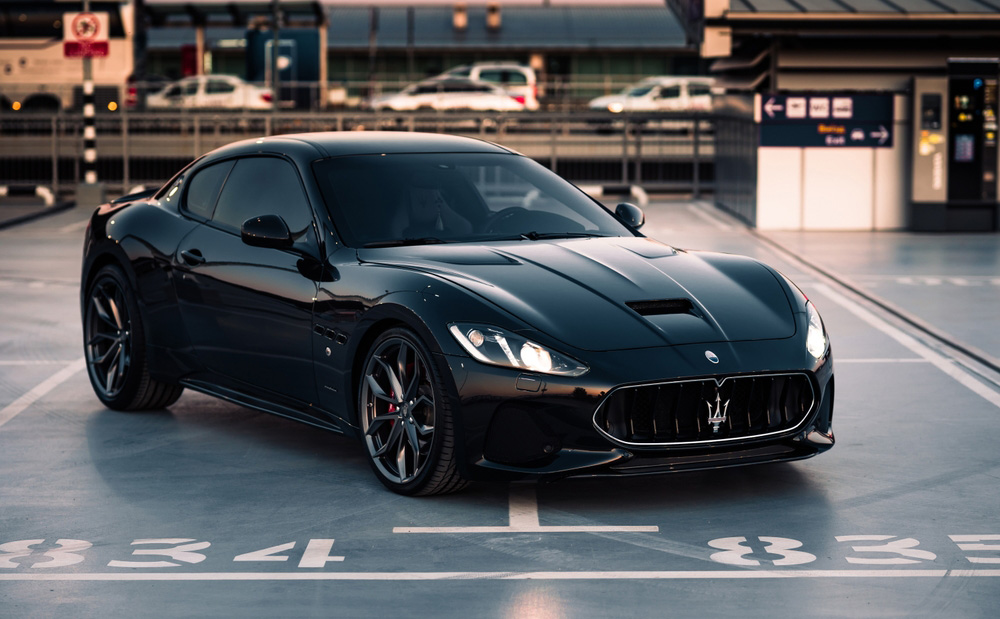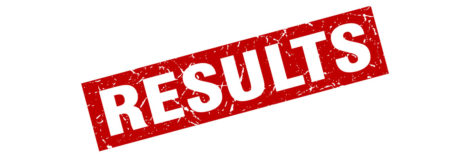![This element influences the perceived gender of a brand [Branding]](https://www.intotheminds.com/blog/app/uploads/wechat-logo.jpg)
Multiple pieces of research in the field of Branding have shown that consumers associate certain brands with the male gender and others with the female gender. However, the question remains: Why do consumers assign a gender to a brand? This is the question that 3 Chinese researchers have tackled in a recent publication. 7 different pieces of research demonstrate that semantic elements associated with size (big, significant, small, giant, …) create unexpected associations in consumers’ minds.
Summary
- Which brands contain size indications in their name?
- How do consumers perceive brands that contain a size statement?
- Results and implications for your marketing strategy
- 13 car models that give a size indication
If you only have 30 seconds
- Some brands contain in their name semantic elements that give an indication of size: “big”, “small”, “little”, “giant”, …
- Individuals unconsciously associate these semantic elements with gender.
- Some brand names are masculine, others feminine. This implicit association is cognitively programmed deep in our brains by millions of years of evolution.
- Once an association with gender is made, it follows that certain qualities are also unconsciously associated with the brand:
- brands containing elements indicating a large size (“big”, “big”, “giant”, …) are perceived as more competent
- those containing elements associated with a small size (“petite”, “petit”, “little”, “small”, …) are perceived as warmer / more friendly.
- These spontaneous cognitive associations must be considered in Branding, for example, when choosing a brand name. The reflection must be based on the sector of activity and the desired brand image.
Which brands contain size indications in their name?
One of the pieces of research was based on Yelp. Of the companies analyzed, 928 contained a size indication in their name. This is not limited to small companies on Yelp. Large national and international brands have size elements in their names. Think Mini Cooper, the Grand Cherokee. This indication of size is also very common in food (think “Big Mac”). Brands like to distinguish themselves by adding adjectives that emphasize the size of the product. It is an integral part of their Branding.

How do consumers perceive brands that contain a size statement?
Let’s get to the heart of this article. What implicit associations does the consumer make when faced with a brand name containing a size indication?
Insight 1: brands have a gender
Sex determines the size, and in all species, females are generally smaller than males (except in the praying mantis and the golden nephilis, but that is another story). At the risk of invoking stereotypes, scientific research shows that humans readily associate attributes of masculinity or femininity with words evoking size (see Schmitt and Zhang, 1998). This spontaneous cognitive association probably goes back to the very evolution of our species.
Therefore, the first working hypothesis is that the consumer associates a gender with a brand and that this association will be influenced by the presence of an element related to size (big, small, long, …).
Insight 2: gender induces a series of stereotypes
Continuing with stereotypes, human beings associate certain traits based on external elements. You’ve probably heard of judgments about competence influenced by a person’s beauty or spelling. More directly, research shows that men are associated with competence and women with likeability (White & Gardner, 2009).
Results and implications for your branding
The results of Zang, Li, and Ng’s (2022) research confirm that the stereotypes present in everyday life also apply to brand names. In other words, the inferred gender of a brand influences the perceived qualities of that brand:
- Brands that include semantic elements suggesting large size are perceived as more competent
- Brands that include semantic elements suggesting small size are perceived as more caring
This result naturally calls for a reflection in terms of branding. Before deciding on a brand name, assessing what image you want to convey is important. Perception of competence is essential and desired in the technical field. In a sector where human relations are paramount, perhaps human warmth and friendliness would be elements that would be conducive to a purchasing decision.

13 car models that indicate the size
When it comes to automobiles, many car models include size indications. Sometimes this indication aims to distinguish the variant of an existing model (Grand C4 vs. C4, Grand Vitara vs. Vitara). In other cases, it is a component of the brand name in its own right (e.g., Maserati’s “Gran,” Hyundai’s Grandeur).
Here is an exhaustive list of current car models that contain the name “Grand” (or a variant of it) in their name.
- Grancabrio (Maserati)
- Gransport (Maserati)
- Granturismo (Maserati)
- Grand C4 (Citroen)
- Grand C4 Picasso (Citroen)
- Grand Carnival (Kia)
- Grand Cherokee (Jeep)
- Grand Scenic -(Renault)
- Grand Tiger (ZX Auto)
- Grand Vitara (Suzuki)
- Grand Voyager (Chrysler)
- Grandeur (Hyundai)
- Grandis (Mitsubishi)
The practice is, therefore, not uncommon.
Posted in Research.




